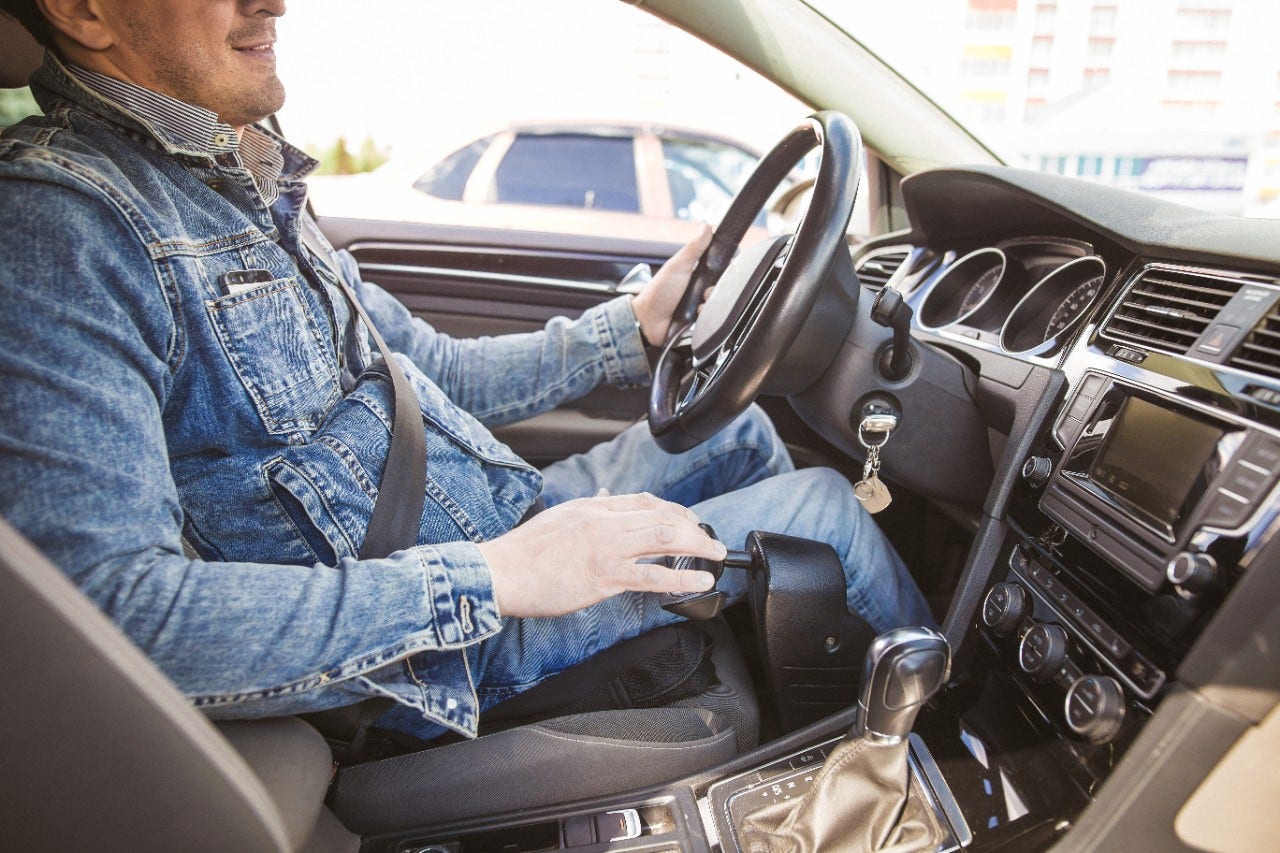
7 Ways to Transport Senior Citizens In and Out of the Car Easier
Mobility challenges can be a serious concern for many adults as their parents grow older. According to the Centers for Disease Control and Prevention (CDC), mobility disabilities affect 2 in 5 older adults, which can cause serious difficulties in getting around and can turn everyday tasks into obstacles.
It is not only a problem for quality of life, but it is also a safety issue. According to the CDC, 3.1 million emergency room visits and over 34,000 deaths among Americans aged 65 and older were caused by falls – that's 93 older adults every day.
Recognize the Signs of Declining Mobility Before a Fall
- Unsteadiness while walking
- Difficulty getting in and out of a chair or vehicle
- Difficulty going up and down stairs or avoiding stairs
- Noticing the house is less tidy due to difficulty performing cleaning tasks
To help assess your loved one’s risk of falling, take the online Falls Free Checkup offered by the National Council on Aging.
Safety Precautions for Elderly Getting In and Out of a Car
If you notice these signs in your loved one, it is important to talk to them about your concerns while respecting their autonomy. Schedule an evaluation with their physician. He or she may refer the senior citizen to a physical or occupational therapist who can provide personalized advice and recommend personal mobility equipment such as a cane, walker, or mobility scooter.
After getting a personal mobility device, the first step may be to create a safe zone in the home by reducing trip hazards, increasing lighting, and adding grab bars or other devices. However, it is also important to consider how your loved one will get into the car and get to medical appointments or family events.
Social Connections Keep Seniors Healthy
Social and family connections are not only important for lifestyle, but research also shows they are critical for a senior's mental and physical well-being. Mobility challenges do not have to mean staying at home and losing these connections. With the right knowledge and tools, you can help your loved ones continue to get out and enjoy time with friends and family.
Read our recommended 7 ways to safely transport older adults. These tips will help you discover how to help seniors make it easier to get out of cars.
7 Ways to Safely Transfer Older Loved Ones into Cars
1. Take Your Time.
Plan to allow extra time for getting in and out of the vehicle and stowing personal mobility equipment. When running late, you or your loved one may feel pressure to rush, which can lead to unsafe situations. Seniors may need extra time to maintain their balance and move safely. Also, for someone who spent years as a driver, getting in a car on the passenger side means they need to reverse all the movements and sequences they were accustomed to. Working some extra time into the schedule and leaving early for appointments can help keep everyone safe.
2. Sit THEN Swivel.
Many people are used to getting into a car by standing on one leg and stepping sideways into the seat. This takes a lot of balance, coordination, and strength. For someone with limited mobility, attempting to enter a vehicle this way can lead to falls.
A safer and easier technique recommended by physical therapists is to back up to the vehicle seat and sit sideways on the seat first, while taking care not to bump the head. For added balance and stability, have the senior hold the door while a caregiver braces the door at a convenient angle. This can help them feel more stable as they sit down.
Then, with the senior grasping the dashboard, bring the legs into the vehicle one at a time. It may be helpful to assist by lifting behind the knee, one leg at a time. Caregivers should always protect their backs by assisting ergonomically.
3. Communicate While Assisting.
While assisting your loved one, always discuss the plan before starting. Caregivers should ask the senior what help they need and tell them what they are going to do before doing it. Unexpected movements can throw the senior off balance. It may also be helpful to have the senior practice getting in and out of the car with the assistance of a physical or occupational therapist.
4. Build Strength with Exercise
Building balance and strength are key to reducing the risk of falls, and it makes getting around easier. Several studies have shown that exercise can help seniors maintain quality of life, health, and reduce falls, in addition to helping to protect against cardiovascular disease and stroke. Speak to your physician before starting any new exercise program. They may refer you to a physical therapist who can provide specific exercises to address the senior’s challenges.
Download our free eBook to learn more tips.




